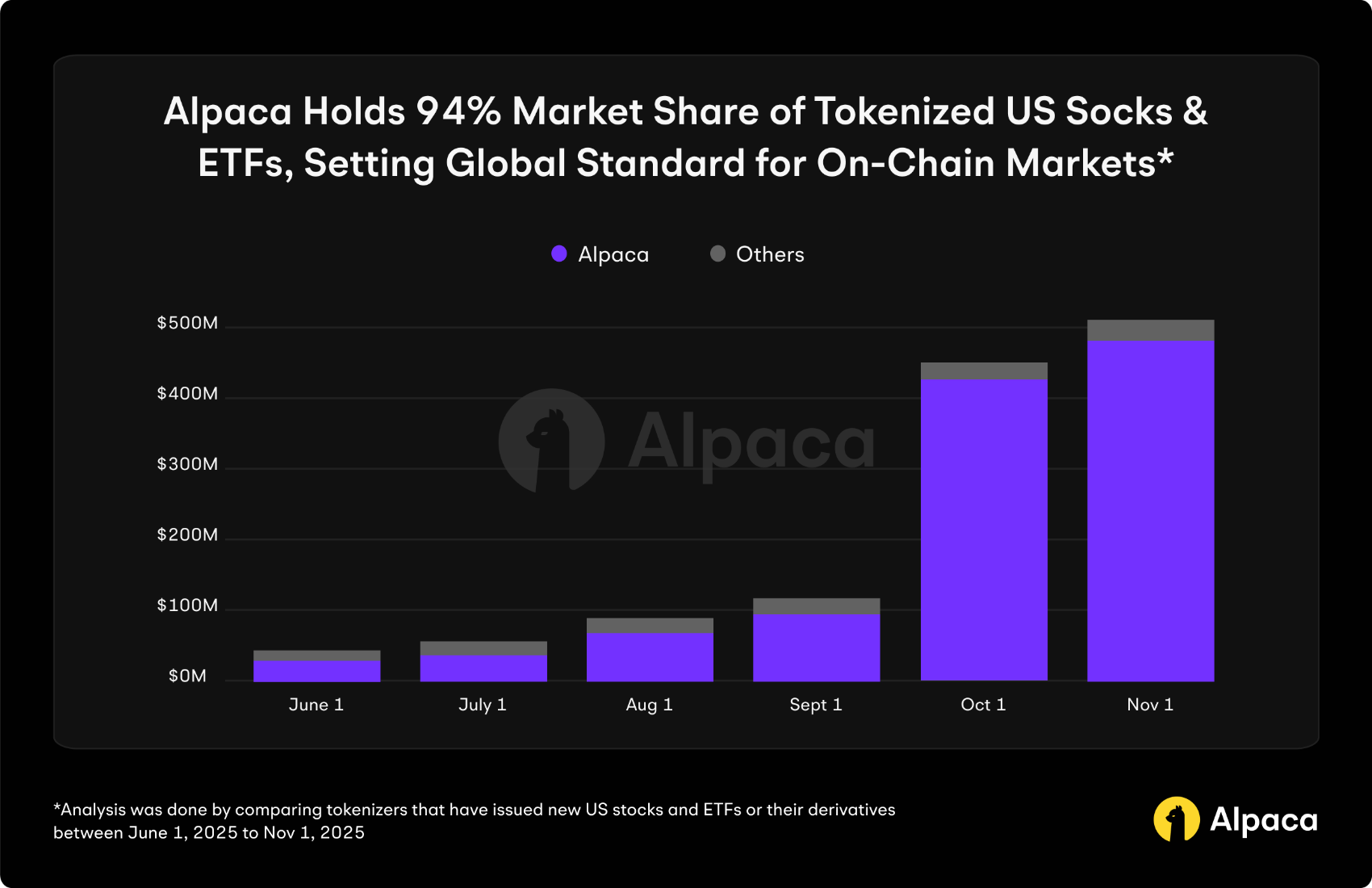Wrapped XRP (wXRP) is a crypto asset pegged to XRP (XRP) and can be used on blockchains other than Ripple’s native XRP Ledger. Ripple is a blockchain-based global payments system providing crypto solutions for businesses, and XRP is the native currency of the Ripple network. Identical in value, its wrapped version, wXRP, can be used in financial payments and settlements on other blockchains.
This article will discuss why we need wXRP, how to buy wXRP, use cases of wXRP, and the purpose and safety of wXRP tokens.
What are wrapped cryptocurrencies?
Wrapped cryptocurrencies are tokens that are used as cryptocurrencies on blockchains other than the original blockchain they were built on. The value of wrapped crypto is the same as its original cryptocurrency (1:1). This allows cryptocurrencies like Bitcoin (BTC), Ether (ETH) or XRP to be used on chains other than their native blockchains, thereby increasing their utility.
The purpose of wrapped cryptocurrencies is to help solve the problem of decentralized finance (DeFi) cross-chain liquidity. If each cryptocurrency stays in its own ecosystem, growth is contingent on demand in that ecosystem alone. It would essentially be operating in a closed system.
Wrapped crypto solves this by providing blockchain interoperability among different cryptocurrencies and blockchains. This opens avenues for improving cross-chain liquidity for DeFi ecosystems and boosts crypto asset utility.
What is wrapped XRP (wXRP)?
XRP is a cryptocurrency that runs on the native XRP Ledger and facilitates transactions on the Ripple Network. One can purchase XRP for financing transactions, investing or exchanging crypto on Ripple. For a transaction involving the use of XRP on any other blockchain than Ripple, Wrapped XRP will be used.
Wrapping XRP increases the scope and utility of XRP to be used on multiple blockchains other than its native XRP Ledger. For instance, wXRP on the Ethereum blockchain would enable its users to turn XRP into a yield-bearing asset by trading, staking, pooling or utilizing Ethereum wallets, decentralized applications (DApps), games and more to diversify their portfolio.
Is wrapped XRP (wXRP) the same as XRP?
Wrapped XRP is a 1:1 equivalent of XRP. Its value is pegged to XRP due to arbitrage, similar to a stablecoin like USD Coin (USDC) or Binance USD (BUSD) being pegged to the United States dollar. WXRP is fully collateralized and held with a custodian that makes sure that each wXRP is backed by an equivalent XRP reserve. Both wrapping and unwrapping follow a 1:1 ratio. There is no other cost apart from transaction fees on the blockchain.
When users wrap their XRP, they simply send their cryptocurrency to a smart contract that provides them with the wrapped tokens. The XRP is stored and then returned when someone else unwraps their wrapped token. One can choose to unwrap their wrapped XRP token at any time. This gives users freedom and the ability to freely convert between wXRP and XRP as per their requirements and the blockchain they are on.
How does wrapped XRP (wXRP) work?
Wrapping XRP allows XRP to be used on blockchains other than XRP Ledger. But how exactly does this work? In the case of wrapped cryptocurrencies, there needs to be a custodian that guarantees the same value of the original crypto as its wrapped version.
The custodian could be anybody, a decentralized autonomous organization (DAO), a smart contract, multisig wallets or simply a code rule. The custodian wraps the crypto, called minting, and returns back to the original version, called burning. For XRP, the smart contract serves as the custodian.
When a user wraps XRP, the smart contract provides them with the wrapped version for use on other blockchains, while the original XRP gets stored with a custodian. It returns to circulation when someone unwraps their wXRP. The original form is then sent back to its original blockchain, XRP Ledger. Therefore, each wXRP is backed by a single XRP in reserve, which helps to maintain its peg.
The price value is pegged because of trading arbitrage. If wXRP falls below XRP’s price, traders will see an opportunity for arbitrage profit and purchase the cheaper wXRP to unwrap and sell it for a profit. This increased wXRP demand would reduce supply and raise the price, helping reach the peg. Similarly, if the price of wXRP rises above XRP, trading pressure to sell wXRP will increase in turn, increasing the supply and leading to price reduction until it reaches the 1:1 value peg.
Why do we need Wrapped XRP (wXRP)?
Wrapping XRP has many benefits for XRP holders. Some of these include:
Interoperability
Wrapping XRP enhances blockchain interoperability for XRP holders. It enables XRP holders to take advantage of trading benefits across different chains. It also provides an opportunity for accessing services of various DApps or DeFi protocols, allowing for better use cases and more returns.
Liquidity
A significant benefit that comes with the utilization of wrapped tokens is the increase in liquidity. XRP is a popular cryptocurrency listed on various centralized exchanges (CEXs) and decentralized exchanges (DEXs).
For XRP holders, this opens increasing avenues to diversify portfolios and ensure liquidity, especially in Ethereum’s developed DeFi ecosystem, which offers ample options. CEXs, such as Binance, and DEXs, such as Uniswap and SushiSwap, offer wXRP pool pairings for staking, swapping, lending, etc.
What are the use cases of wrapped XRP?
The use cases of wrapped XRP are increasing each day as the crypto landscape develops. Two common and interesting use cases include:

- DeFi lending: Wrapped XRP makes it easier to borrow and lend since it can work outside XRP Ledger and in DeFi lending protocols, such as Aave, MakerDAO and Compound.
- DeFi trading: Margin trading is preferred by veteran crypto traders because it increases their potential profits. WXRP can be used by DeFi traders for margins on decentralized exchanges.
Apart from these, strides are being made in yield farming, automated market maker pools, loan collateral using wrapped cryptocurrencies and more. As cross-chain bridges and interoperability grow, use cases for wrapped cryptocurrencies will continue to rise.
How to wrap and unwrap XRP?
For XRP holders looking to put their XRP to use across other blockchains, it is important to be able to wrap your crypto. Wrapped.com from TokenSoft is the leading provider of wrapped cryptocurrencies, and one can use its services to wrap or unwrap XRP. In collaboration with Hex Trust as the custodian, they provide the infrastructure to mobilize wXRP on the Ethereum blockchain.
Create an account using their Typeform, and details on conversion will be reflected by wrapped.com. For SushiSwap, wrapped.com offers a direct integration using MetaMask wallet. XRP may also be wrapped on various blockchains through alternate wrapping service providers, such as ApexSwap, which bridges from Avalanche to the XRP Ledger.
Are wrapped tokens safe?
Wrapped tokens have made cryptocurrencies efficient and useful. Protocols like Ethereum convert wrapped crypto to ERC-20 tokens to allow users to execute transactions safely. However, one of the areas of possible weakness for wrapped tokens is the custodian that holds the underlying asset. If the custodian turns rogue and unlocks and releases the original XRP to someone else, tokenholders of the wrapped XRP would be left with a worthless asset.
The custodian is a centralized entity in this transaction and should be a trusted party. In the case of XRP, Ripple has chosen Hex Trust, Asia’s leading digital asset custodian, to be the trusted party. Such vetted networks and their custodians tend to back up guarantees and insurances to prevent any wrongdoings with the aim to ensure wrapped token safety.
Going forward, decentralized smart contract-managed bridges will be interesting to explore as a custodian and are a topic of interesting deliberations and discussion in the blockchain world, especially since wrapped tokens have started to play a significant role in the growth of DeFi services.





























